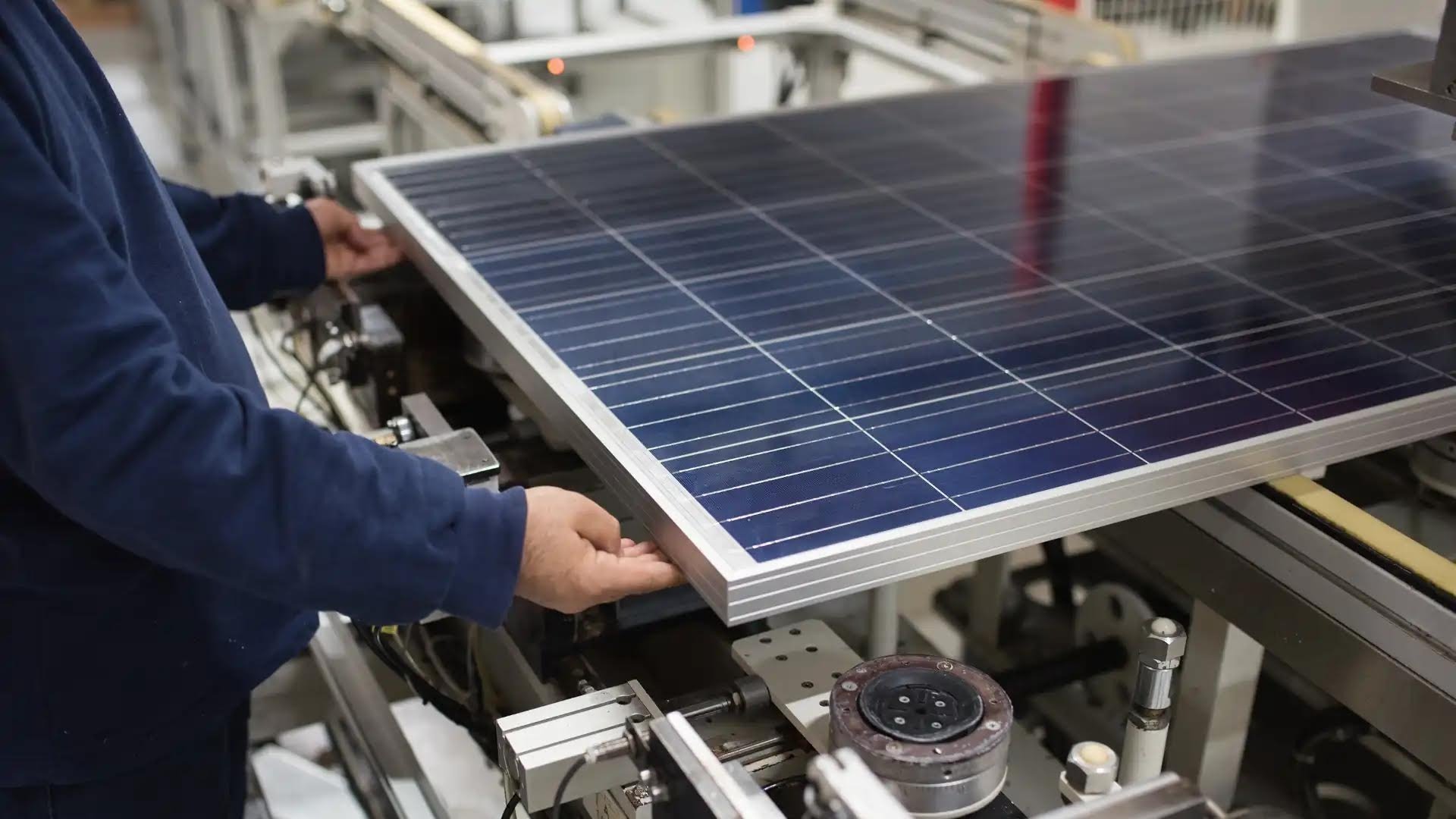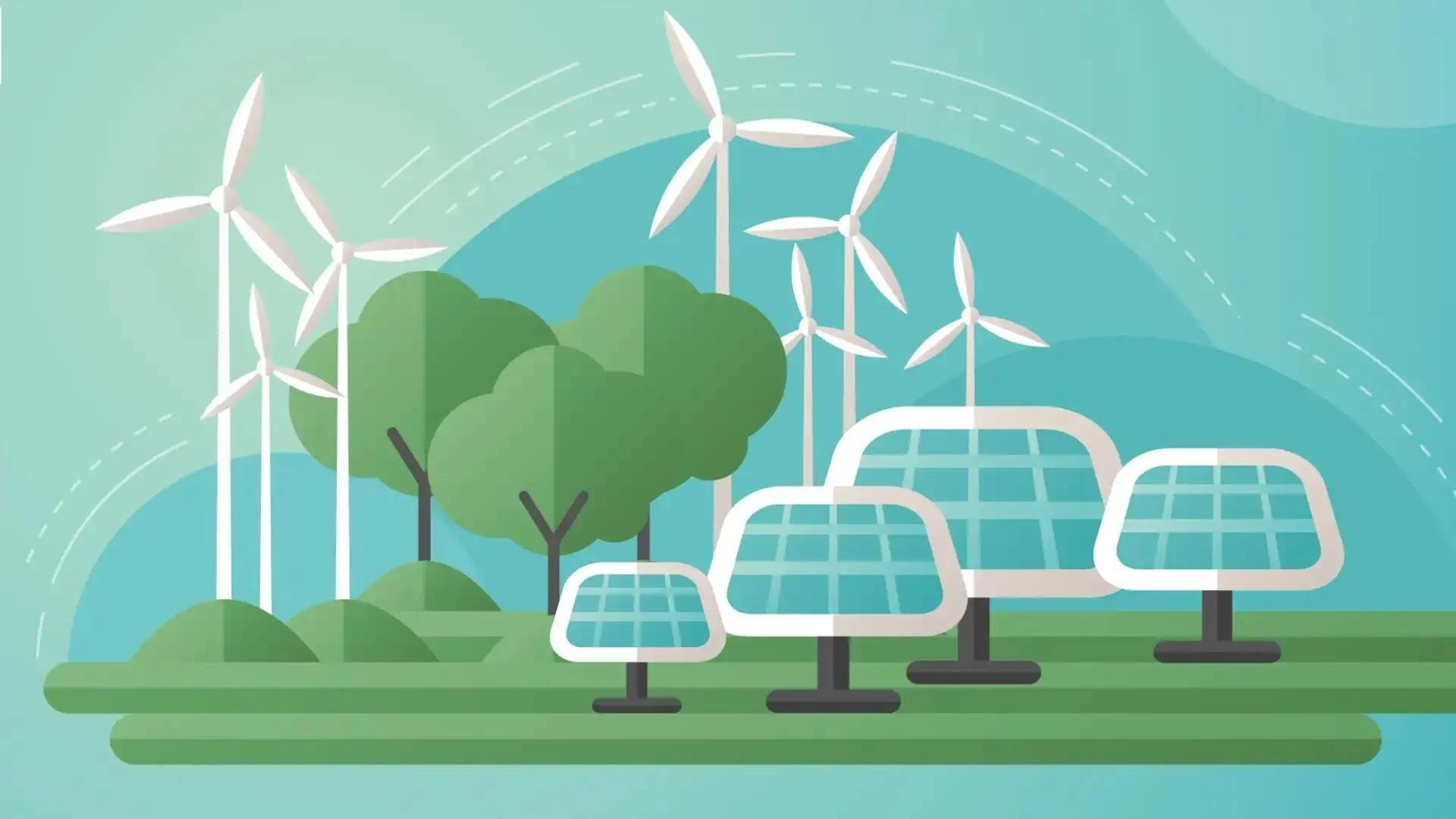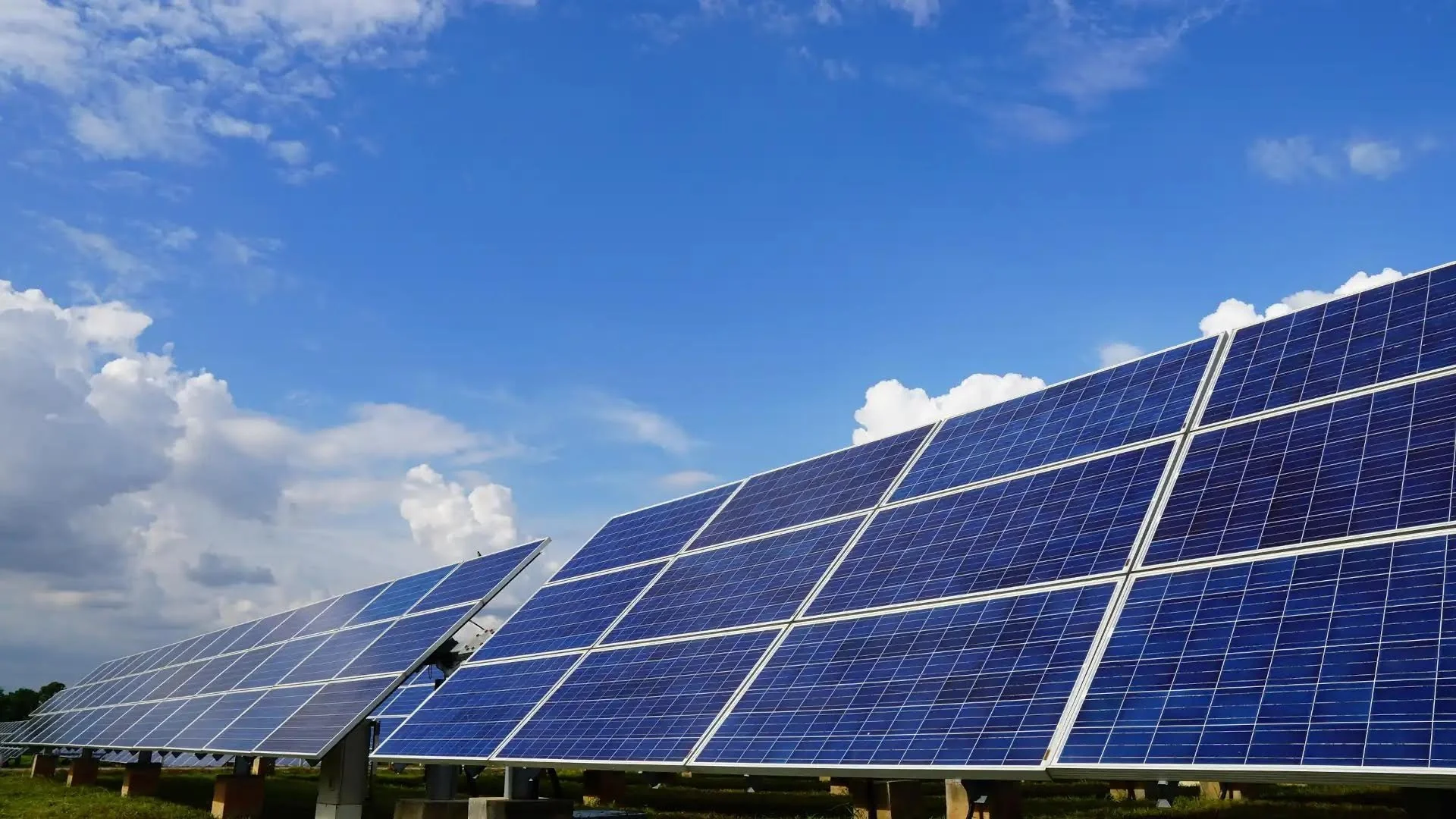
LIFE CYCLE OF SOLAR PANELS
Are Solar
Panels Really
Sustainable?
Unpacking the
Full Lifecycle
We all know solar panels are great for the planet, or are they? While they pump out clean energy from your roof for decades, the sustainability story doesn’t begin and end with switching them on. In this blog, we’ll unpack the real environmental impact of solar energy, from how it’s made to what happens when it reaches the end of the road, and explore how smart solar panel recycling can help keep solar energy truly green.
WHAT are
SOLAR PANELS made of?
When we think of solar panels, we often picture sleek, glassy rectangles soaking up the sun, but there’s a lot more going on under the surface. Most solar panels are made up of a mix of materials, including:
-
Glass
Makes up the majority of the panel’s surface (around 75%) and protects the internal components.
-
Aluminium
Forms the frame, keeping everything secure and weather-resistant.
-
Silicon
This is the heart of how solar panels work; purified silicon cells convert sunlight into electricity.
-
Plastic & Polymers
These back sheets and sealants help with insulation and moisture resistance.
-
Metals
Trace elements like silver, copper, and tin are used in wiring and connectors.
HOW SOLAR PANELS ARE MADE AND
WHY THAT MATTERS
We often focus on the clean energy solar panels produce, but what about the energy it takes to make them? The truth is, manufacturing solar panels comes with a carbon footprint of its own, and most of that impact happens before a single panel ever sees a rooftop.
-
High Energy Costs on the Factory Floor
The biggest contributor to emissions during manufacturing is silicon purification. Most modern solar panels use crystalline silicon cells, and turning raw silicon into high-grade photovoltaic material requires extremely high temperatures (over 1,400°C). That process chews through a lot of electricity, which means the emissions depend heavily on what’s powering the factory.
-
Where It’s Made Matters
The bulk of the world’s solar panels are made in China, which also happens to be leading the global charge on renewable energy. In fact, by the end of 2024, China had more than 1.45 terawatts of renewable energy capacity online. That’s good news, as solar factories increasingly use solar power themselves, the emissions tied to manufacturing are starting to shrink.
-
What About Transport?
Once they’re made, solar panels are shipped across the globe, usually by sea, which is much lower in emissions than air freight. From there, they typically hit the road (by truck) to reach distributors and installers. While transport does add to the footprint, it’s a relatively small piece of the lifecycle puzzle.
-
The Good News? It’s Improving
As technology advances and solar becomes more mainstream, the environmental cost of manufacturing continues to drop. More factories are electrifying their processes with renewable energy, and innovations in panel design are making it possible to use fewer materials and create less waste.
When Your Panels Start Paying energy Back
It takes energy to make solar panels, but the real magic starts once they’re up and running. From the moment they’re switched on, panels begin generating clean, renewable power that offsets the energy used to produce them. This point is known as Energy Payback Time (EPBT), and it’s a key measure of how sustainable your solar setup really is.
So, how long does it take?
Studies completed in the US, Europe, and Australia put the average EPBT between 1 and 3 years, depending on a few things:
The manufacturing process and how clean the energy powering it was
The type of panel (thin-film, monocrystalline, polycrystalline, etc.)
Where the panel is installed, sunnier spots generate power faster.
In sunny parts of Aotearoa, panels often pay back their energy use in as little as 18 months. Given that a quality system can last 25 years or more, that’s over two decades of emissions-free electricity and environmental wins.
CONVERTING
SUNLIGHT
INTO CARBON
Once a solar panel hits your roof, it’s not just saving you money, it’s cutting carbon every single day. Globally, every kilowatt-hour (kWh) of electricity generated from conventional energy sources produces around 0.45 kg of CO₂. That adds up fast. A typical residential solar system in New Zealand can generate around 4,000–5,000 kWh per year, which equates to a carbon saving of roughly 1.8 to 2.25 tonnes of CO₂ annually.
While Aotearoa’s national grid is already about 80% renewable, peak-time demand still leans heavily on fossil fuels like gas and coal. The more households and businesses generate their own clean energy, the less we need to rely on that backup. So even in a renewable-rich country like NZ, going solar is still a powerful way to cut emissions and lighten your footprint.
The Solar Waste Surge Is Coming
Solar panels are built to last. Most have a working life of 25–30 years, quietly converting sunshine into electricity day after day. However, the first wave of large-scale solar installations is now nearing retirement age, and that means a huge surge in solar waste is on the horizon.
Globally, the International Renewable Energy Agency (IRENA) estimates that solar panel waste could hit 78 million tonnes by 2050. Here in New Zealand, we’re seeing rapid uptake in both residential and commercial solar systems, but recycling infrastructure is still catching up. If not handled properly, retired panels can create environmental issues.
While panels are mostly made from glass, aluminium, and silicon, they also contain potentially hazardous substances like cadmium, lead, and antimony. If sent to a landfill or improperly dismantled, we lose valuable recyclable metals, and these materials can leach into the ground, causing irreparable damage over time.
Unfortunately, many panels still end up in the skip, not because they can’t be recycled, but because the systems to do so aren’t yet widespread. That’s why end-of-life planning is essential. A truly sustainable solar strategy doesn’t just look at the kilowatts; it also looks at what happens when the power runs out. Phoenix is proud to be tackling this challenge head-on, helping close the loop on solar panel materials right here in Aotearoa.
Closing the
Solar Loop with Phoenix Recycling
At Phoenix Recycling, we don’t just talk about circular solutions, we build them. As the first company in Aotearoa to hold an EPA-issued hazardous waste export license for solar panels, we’ve developed New Zealand’s first large-scale end-of-life solar panel recovery system.
Our Solar RECYCLING PROCESS
Smart Sorting
We accept all three major panel types, monocrystalline, polycrystalline, and thin-film and sort them for efficient processing.Global-Partnered Recovery
Panels are safely dismantled and exported to certified downstream partners who recover high-value materials like silicon, aluminium, and glass.Full System Solutions
We don’t stop at the panels. Solar farms often include copper cabling, galvanised steel framing, and battery storage units. We recycle all of it, helping suppliers clear entire systems responsibly.
By closing the loop on solar, we’re turning yesterday’s green tech into tomorrow’s resources and proving that sustainability doesn’t end at installation.
LET’S MAKE SOLAR
TRULY SUSTAINABLE
Going solar is a smart move for your wallet and the planet, but only if we follow through at every stage of the lifecycle. At Phoenix Recycling, we’re closing the loop, turning old solar gear into tomorrow’s raw materials. So, whether you’re a homeowner, installer, or business with panels past their prime, don’t send them to the landfill. Recycle them properly, and help build a cleaner, circular future for Aotearoa.
Got panels ready for retirement? Visit your local Phoenix Recycling location and let’s give them a second life.
Please note: This service is currently only available at our yards in Whangārei, Onehunga, Hamilton, Blenheim, Christchurch, and Dunedin. Watch this space for further updates!


